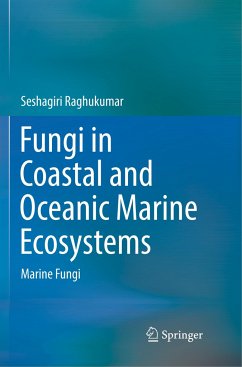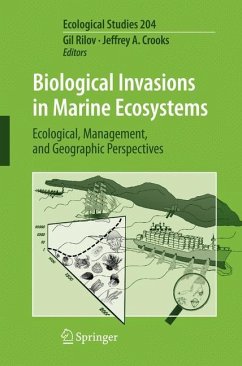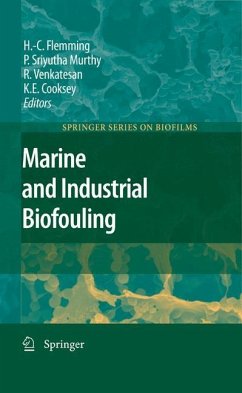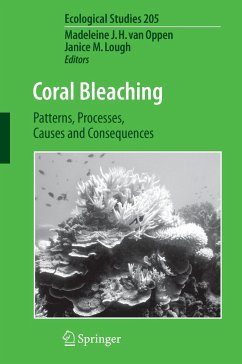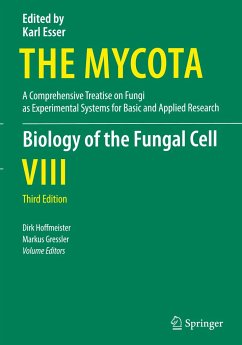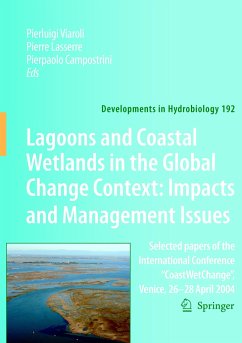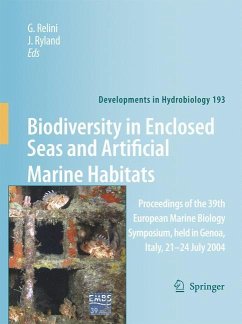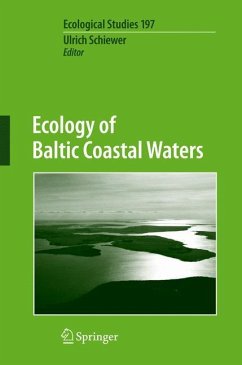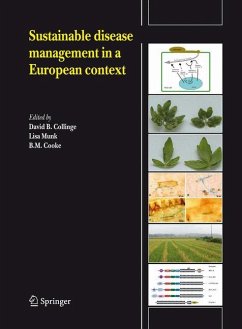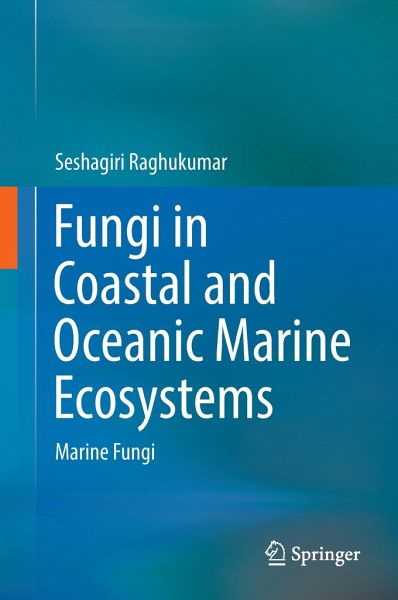
Fungi in Coastal and Oceanic Marine Ecosystems
Marine Fungi
Versandkostenfrei!
Versandfertig in 6-10 Tagen
151,99 €
inkl. MwSt.
Weitere Ausgaben:

PAYBACK Punkte
76 °P sammeln!
This book offers an ecosystem-oriented overview of the diversity, ecological role, and biotechnological applications of marine fungi as well as an in-depth introduction to the marine environment, fungal classification, and ecological principles. It also presents the latest research findings on coastal marine and oceanic ecosystems, such as mangrove, seagrass, salt marsh, algal, coral reef and benthic ecosystems. Focusing on the diversity of fungi as well as their role as symbionts, parasites and saprotrophs, the book also discusses the physiology and biotechnological applications of fungi and ...
This book offers an ecosystem-oriented overview of the diversity, ecological role, and biotechnological applications of marine fungi as well as an in-depth introduction to the marine environment, fungal classification, and ecological principles. It also presents the latest research findings on coastal marine and oceanic ecosystems, such as mangrove, seagrass, salt marsh, algal, coral reef and benthic ecosystems. Focusing on the diversity of fungi as well as their role as symbionts, parasites and saprotrophs, the book also discusses the physiology and biotechnological applications of fungi and highlights topics of future interest. Intended for students and researchers in marine biology and microbiology, it includes detailed descriptions, illustrations, figures, tables, and exhaustive literature citations. A detailed chapter on methods used to study marine fungi, their classification and ecological principles is of particular interest to newcomers in the field.





